When you have to deal with moving massive amounts of products from one location to another, you want to get the job done quickly and productively. That’s where polypropylene straps or other straps come in. However, choosing the correct straps is an important decision to make. You want your straps to successfully ease your transportation efforts instead of worrying about it coming apart at the seams. Therefore, you should look at your options before tying yourself into one type of strap.
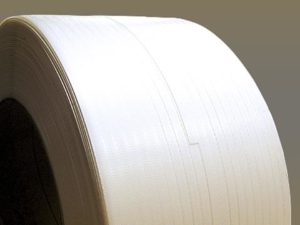 Strapping: What Is It?
Strapping: What Is It?
Strapping is defined as using a flat material to bundle items together to hold them in place. However, strapping can also be used to reinforce or fasten products and is ideal for shipping a large amount of product. Many industries strap, including construction, shipping, packaging, lumber, etc. Strapping is also extremely useful in the agricultural industry. When it comes to strapping, there are two broad options to choose from: steel and plastic.
Steel
Also known as steel banding, steel strapping was first introduced in the 19th century. Today, it is made by flattening the metal by rolling it. Steel banding comes from two types of rolling: hot rolling and cold rolling. Rolling can be done when the temperature of the metal is below the recrystallization of the metal and when it is higher than it. This is how hot rolling and cold rolling got their names.
Use of Steel Straps
Steel straps come in a plethora of thicknesses, widths, and variations in the grade of steel. Straps are built for regular duty, which can hold up to 12,500 pounds and high tensile and uses a low carbon steel to make a high strength and stretch strap for shock resistance. It is mainly used for heavy loads that need strength and minimal stretch. While useful in some cases, it does have its disadvantages, such as the possibility of rusting, tearing, or scratching of cargo, lashing and tightening of bounds, heavier weight, higher cost, and the possibility of injury.
Plastic
Plastic has much more variety, making it a viable option for a range of applications. Plastic straps come in three different types: nylon, polyester, and polypropylene.
Nylon
Nylon strapping has the greatest specific strength of the three plastics, according to its strength/weight ratio. Nylon is strong, but it is expensive.
Polyester
Polyester is another strong plastic product and can come in woven or nonwoven options. Woven polyester is the most popular choice of the two due to its filaments being weaved together to create a ratcheting tensioner and high joint efficient buckle.
Polypropylene
This type of strapping is considered light to medium-duty and is the most economical option for a variety of reasons. Polypropylene is the most commonly used of all the strapping materials and comes in different widths, thicknesses, and polymer variations. Polypropylene is recyclable, so it is a more environmentally-friendly option for your product. It has high elongation and recovery, but it does not retain its tension, which will be problematic for solid, heavy items such as a solid brick of products. Also, caution must be used if it will be exposed to UV rays for extended periods of time.
Polypropylene in Agriculture
Polypropylene strapping is best used in agriculture because the products that are being transported do not usually include heavy bricks of concrete or related materials. There a few main reasons that the agricultural industry uses polypropylene when strapping: affordability, durability, and a variety of applications.
Affordability
As mentioned above, polypropylene is the cheapest choice for strapping. Not only are they the cheapest choice but they are multi-functional. These straps can be used as promotional and marketing tools for your company. Polypropylene can be printed with your company name and logo so that your brand is seen at various locations. If your strapping needs do not require the ability to hold together large blocks of concrete, then you can save a buck, up your marketing efforts, and opt for this option.
Durability
Polypropylene is resistant to water and additional chemicals that may be present in your products, which makes it uniquely qualified to transfer goods, crops, soil, weeding chemicals, etc. Furthermore, because of its lightweight and ability to contract and expand, it will move with your items to ensure that they remain tightly packed and in their proper shapes – especially in variable temperatures. They can hold up to 2,000 pounds and can be sealed with friction welds, seals, buckles, and heat seals. They also do not require as much maintenance as the steel straps. All you have to remember is to keep the straps out of the sunlight because, as warned above, they can become compromised.
Variety of Applications
While the other options for strapping are more rigid and only used for basically one purpose (keeping together tough, heavy objects), polypropylene straps can be put to use for virtually anything. You can transport sacks, boxes, bags, crates, or whatever else you need to move.
Its unique ability to take the shape of your product makes it the most versatile choice, which, in agriculture, can be pretty useful. If polypropylene straps meet your needs, then the price and durability make it the best and most affordable option. Discover the myriad of benefits associated with using polypropylene straps in agriculture.
Thank you for reading our blog! How can we help you? Contact us today.

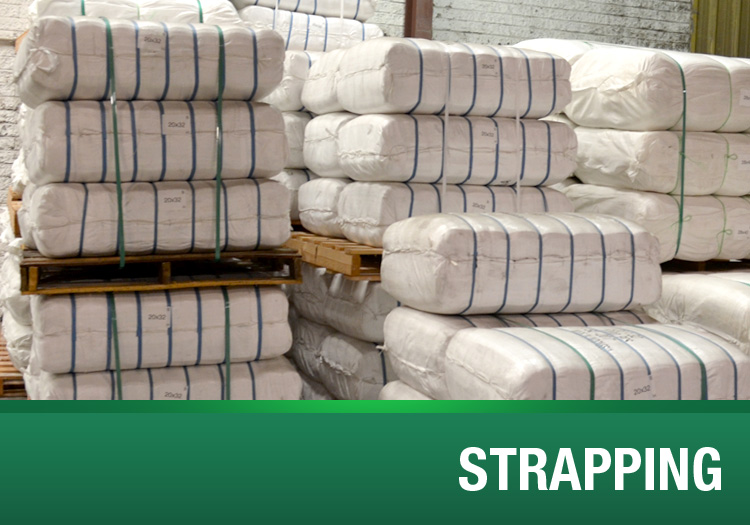
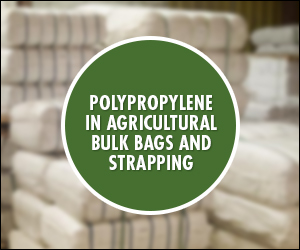
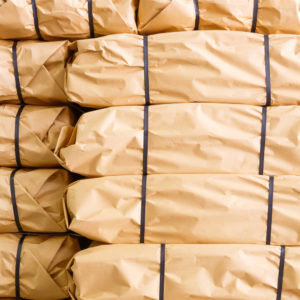

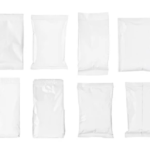
Sorry, the comment form is closed at this time.